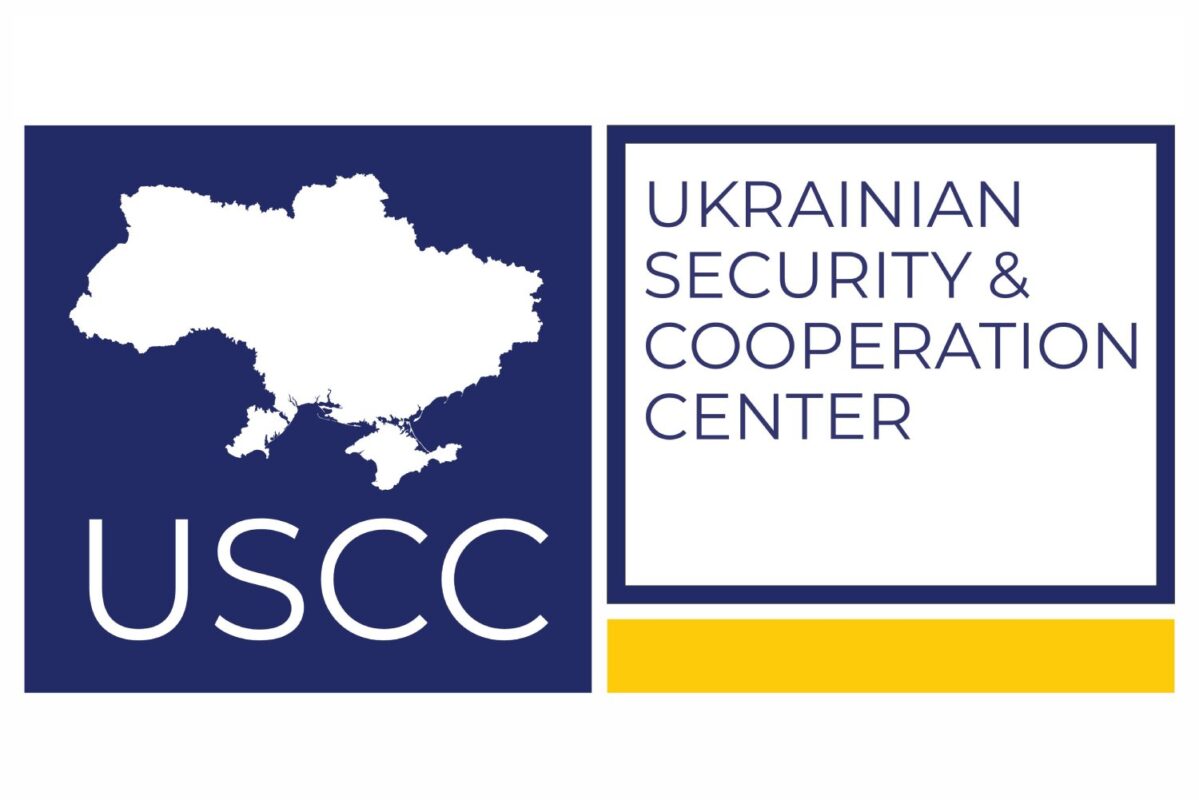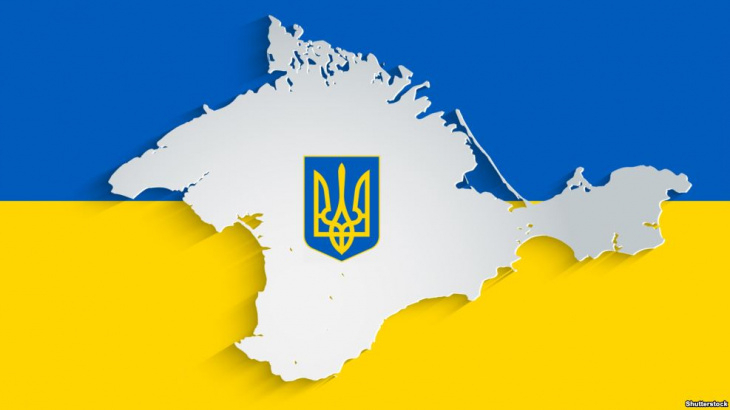The Verkhovna Rada of Ukraine officially announced February 20, 2014 as the date of the temporary Crimea occupation beggining. It was in February 2014 that Russian troops seized administrative and strategic peninsula facilities without identification, and Ukrainian military bases were blocked and neutralized.
The Crimea occupation violated the fundamental principles of the UN Charter and the Helsinki Final Act of the Conference on Security and Cooperation in Europe, as well as a challenge to international organizations and a direct threat to international security.
A hot spot appeared in the heart of Europe, and Ukraine found itself in a state of undeclared war with Russia, which spread to the eastern country regions. Since then, 14,000 people have fallen victim to the war, more than 40,000 have been injured, and more than 1.5 million Ukrainians have been internally displaced.
In 2021, seven years after the occupation, Ukraine proposed a new international consultative and coordination format to counter Russia – the Crimean Platform. It should be the platform that will return the topic of annexation to the international agenda and ultimately contribute to the peninsula deoccupation and its return to Ukraine. To achieve this goal requires the consolidation of the entire world community and international organizations.
International reaction to the attempted annexation
It will be recalled that in response to the Crimea occupation in 2014, the European Union invited sanctions and restrictions against Russia, which continue to apply.
The Europe Council Parliamentary Assembly and the OSCE adopted a number of documents on attempts non-recognition to annex Crimea, and the UN General Assembly adopted UN Decision 68/262 “Territorial Integrity of Ukraine”. The decision of the UN General Assembly cannot call for any change in the Crimea status and stressed that the so-called “referendum” on March 16, 2014 is illegal and cannot be the basis for any change in the peninsula status.
In addition Kremlin, for which Crimea and especially the Sevastopol city is not just a matter of “victory”, but a significant part of it in the ideology of the “Russian measure”, said that “the issue is closed and resolved.”
Life under occupation
After the occupation, the Crimean peninsula was effectively turned into a military base, where there are gross violations of international, humanitarian and human rights law. In particular, political, religious and ethnic persecution became constant, there was a forced Russian population certification, illegal conscription into the Russian armed forces, mass children and adolescents militarization, private property expropriation, peninsula cultural and historical heritage and ecology destruction.
Despite the Justice International Court, the representative body of the indigenous people of Crimea, Crimean Tatars – Mejlis, which remains banned, and Russian special services conduct regular searches and detentions of Crimeans.
In addition, Russia is purposefully changing the demographic situation of the peninsula population. Since the beginning of the occupation, more than 46,000 Crimean residents have been forced to leave, almost 5,000 Ukrainian orphans have been illegally transported to Russia, and more than 2,500 have been deported. Instead, according to various estimates, from 170 to 200 thousand Russians moved to the Crimea (205 559 thousand according to the Federal State Statistics Service Office (Russian Federation)).
In order to change the population, Russia is also carrying out significant Crimea militarization, modernizing military equipment and strengthening military groupings. According to the Main Ukrainian Defense Intelligence Ministry Department, only to hold a so-called “referendum”, Russia brought to the Ukrainian peninsula up to 7,000 troops, a total of about 20,000 servicemen were involved in the Black Sea Fleet alone, not counting the Federal Security Service, the National Guard and other power structures.
Today, the number of Russian servicemen in the Crimea has increased 2.5 times and numbers up to 32,500 people. As for armaments, the peninsula has almost the entire spectrum of bombing and fighter aircraft, warships, S-400 air defense equipment, and the “Bal” and “Bastion” anti-ship missile systems. Russia is also constantly provoking and obstructing navigation in the Black and Azov Seas, that is violation of international law under the UN Convention on the Law of the Sea.
What does it offer Ukraine, how to return Crimea?
The Crimean platform will focus on 5 practical work in the following areas:
● the policy of non-recognition of the attempt to annex Crimea to Russia,
● expansion and strengthening of international sanctions against Russia,
● international security,
● human rights,
● the occupation impact on the economy and the environment.
The Platform activities are envisaged at all levels, from states and governments to a network of Ukrainian and international experts in various fields, including security and foreign policy. This network will provide information and analytical support to the Platform activities and will play an active role in ensuring a high level of its publicity.
The launch of the Crimean Platform is scheduled for August 23, on the Day of the State Flag of Ukraine and on the eve of the 30th anniversary of the Independence restored. In addition to the symbolism of the chosen date, the level of seriousness of the Platform will be confirmed by the presence of world leaders, members of the EU and NATO, who have already announced their participation in the Ukrainian event. Currently, the list of foreign guests has been decided not to be made public due to threats and a violent reaction from the Kremlin.
Thus, Russian Foreign Ministry spokeswoman Maria Zakharova, commenting on Ukraine’s measures to deoccupy Crimea, threatened any country and organization that will participate in the Crimean platform, calling it “an unfriendly step towards Russia and a direct encroachment on its territorial integrity”, as well as “the threat of aggression against the two subjects of the Russian Federation.”
This is probably the best feature and recognition of the Platform, which has not even started yet.
Author: Oksana Kuzan

